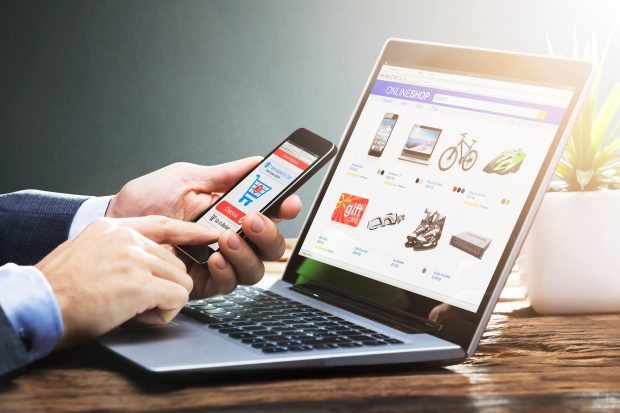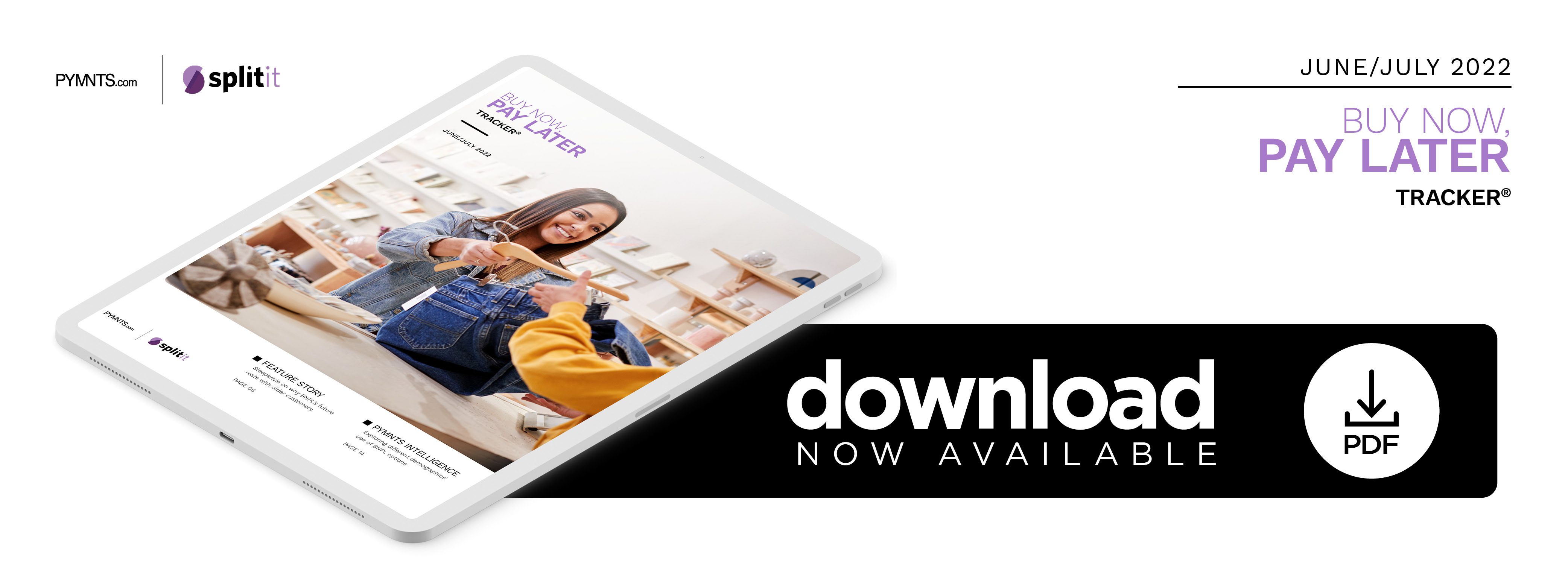PYMNTS Intelligence: Exploring Varying Uses of BNPL Options Among Generations and Income Groups

Buy now, pay later (BNPL) is one of the most significant emerging trends in the world economy. These solutions typically allow customers to put zero dollars down at the point of purchase and instead pay for their merchandise over the course of several installments, made either directly to the seller or through a third-party service. BNPL solutions are the fastest-growing online payment method in the U.S., Australia, Brazil, the U.K. and many other countries, and their market share is projected to realize a global transaction value of $656 billion by 2026.
BNPL’s popularity varies significantly by generation, however, with younger consumers such as millennials and Generation Z currently outstripping older cohorts such as Generation X and baby boomers in BNPL usage. A variety of reasons explain this discrepancy, including reduced spending power as well as a general trend away from debt and credit options among younger demographics, but the BNPL opportunity is far from limited to younger customers. Merchants and payment providers are working hard to expand BNPL’s reach to older and higher-income demographics, leveraging the inherent advantages of BNPL systems to present an alternative to traditional credit card and financing options.
This month, PYMNTS Intelligence examines BNPL’s growing popularity on the retail scene and why different generations take different approaches to BNPL. It also explores why older and higher-income generations are quickly becoming a significant force in the BNPL space.
BNPL’s Growing Populartiy
BNPL has become a cornerstone of the retail world in the U.S., with 43% of Americans now having used the method, up from 31% last year. It is particularly attractive to consumers who have less money in their bank accounts, with many saying they prefer it to credit cards when they cannot afford a purchase outright. Forty-seven percent of consumers surveyed said they prefer to use BNPL over cards when their checking accounts do not have enough money to cover a purchase, with this number increasing to 51% among women and 53% among those with less than $50,000 in annual income.
Retailers have welcomed BNPL’s growth, as the payment method demonstrably drives more sales and higher transaction totals. Approximately 34% of BNPL users in a recent survey said they would not have gone through with purchases if BNPL were not available, while PayPal saw a 15% rise in average ticket size among retailers that offered the financing option.
BNPL solutions are not equally popular across age groups: Younger generations typically take a rosier view of these services than their older counterparts. Merchants should not discount the BNPL opportunity among older customers, however, particularly those with established credit, as the industry has plenty of room to grow among consumers who currently have lower usage rates.
BNPL’s Appeal Across Generations and Income Groups
PYMNTS’ research found that 70% of millennials, 66% of bridge millennials and 65% of Generation Z consumers reported high interest in using BNPL at luxury and specialty retailers, but just half of Generation X and less than one-quarter of baby boomers and seniors said the same. This varied embrace of BNPL solutions is due to several factors, one of the most prevalent being a general unease among younger age groups about the use of traditional credit options. A study of consumers between the ages of 22 and 30 showed that 20% of these individuals had poor credit from past payment issues, while 18% lacked the credit history to be approved for a credit card in the first place.
Older generations with higher income levels are expanding their footprint in BNPL usage, however. Seventy-one percent of BNPL users with annual incomes greater than $100,000 increased their use of BNPL over the past year, surpassing both the 68% of users with incomes between $50,000 and $100,000 and the 54% of those with incomes less than $50,000. High-income individuals are also the most likely to show interest in bank-backed BNPL options, with 39% of individuals in the over-$100,000 income bracket expressing interest as opposed to 35% of those in lower income brackets.
On the age front, the picture is becoming more complex. Although millennials and Generation Z showed the second- and third-highest increases in usage of BNPL last year at 75% and 54%, respectively, the top spot went to the slightly older generation of bridge millennials at 77%. Bridge millennials also showed higher interest in using bank-backed BNPL than Generation Z at 48% versus 45%, respectively. Although all three of these younger generations’ interest surpassed that of their elders — Generation X and baby boomers and seniors — bridge millennials’ interest in BNPL will be something to watch in the coming years as they enter their prime earning period and their obligations and expenditures grow.
High-income and older individuals have a variety of reasons for their interest in BNPL options. Forty-three percent of individuals described as financially “worry-free” say that BNPL programs help improve their credit scores, and 40% say that BNPL offers lower interest rates than traditional credit options. Another 55% say that BNPL is much more seamless than other financing options, allowing them to spread their purchases effortlessly over multiple payments rather than deal with banks or financing.
The common perception that BNPL use is largely confined to younger, lower-income individuals is only partly true at best, and the BNPL user profile is changing fast. BNPL is likely to become table stakes among all demographics as its advantages become more widely known.

